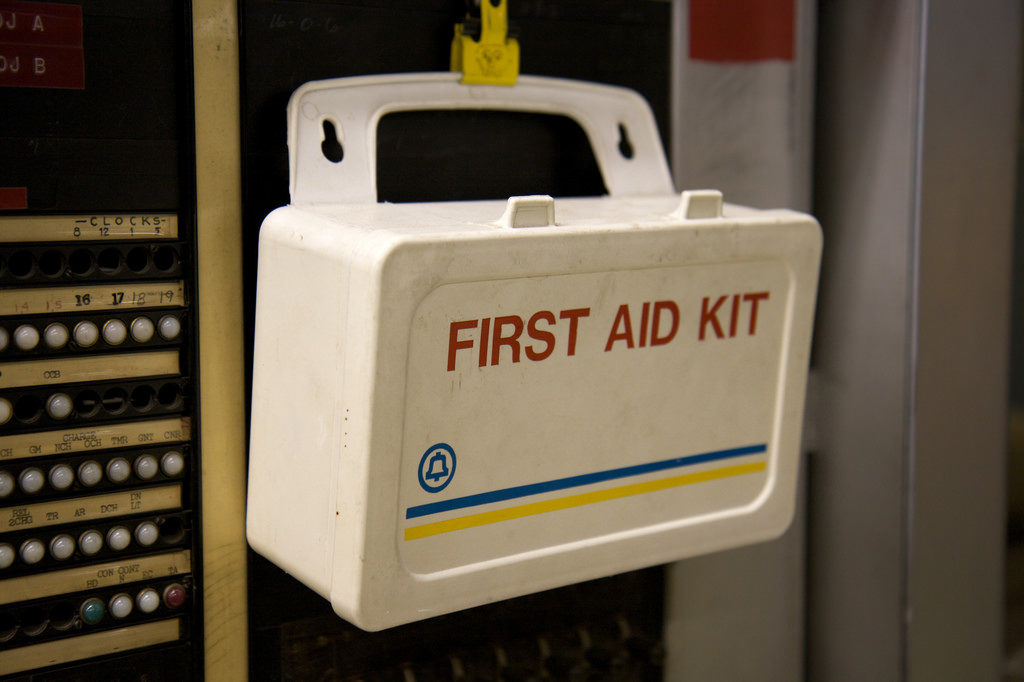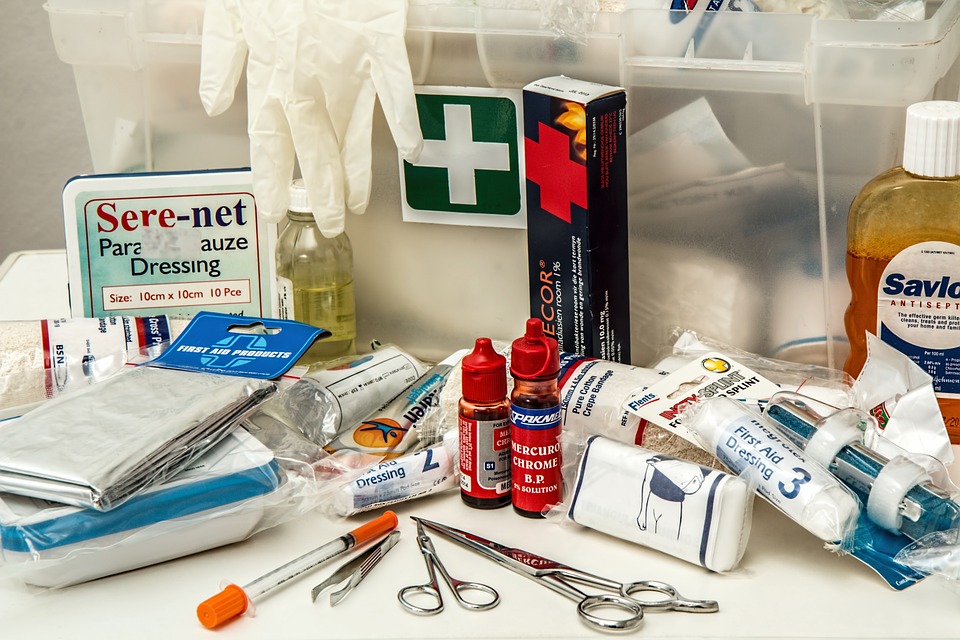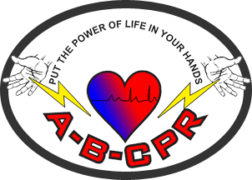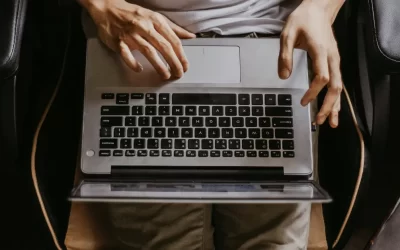Your first aid kit is more than just a collection of supplies—it’s your toolbox for emergencies. Whether you’re dealing with minor cuts or more serious injuries, being prepared can make all the difference. This list provides the 10 essential items you need in your first aid kit. While not exhaustive, it’s a great starting point for building a well-equipped kit.
To ensure you know how to use these items effectively, consider enrolling in a First Aid class. Sign up here.

1. Gloves: Protect Yourself First
Never administer first aid without protecting yourself. Disposable gloves shield you from bloodborne pathogens and other infectious materials. Always keep multiple pairs in your kit.
2. Scissors: A Multi-Use Essential
A sturdy pair of scissors is invaluable in emergencies. Use them to cut clothing, medical tape, gauze, or even seat belts if necessary. Opt for trauma shears, which are designed for medical use and can handle tough materials.
3. Band-Aids: For Everyday Injuries
Most first aid scenarios involve minor cuts and scrapes. Include a variety of Band-Aids in different sizes to cover everything from small nicks to larger abrasions.
4. Honey: Emergency Sugar Boost
For diabetics experiencing low blood sugar, honey provides an easily digestible sugar to help stabilize their condition. A single packet of honey can be lifesaving. Administer it by allowing the person to dissolve it in their mouth—only if they are conscious and able to swallow.
5. Sterile Gauze: For Wound Care
Wounds require proper care to prevent infection. Sterile gauze pads are essential for stopping bleeding and covering injuries. Always have plenty on hand and use them instead of makeshift items like clothing or tissues.
6. Rolled Bandages: Add Pressure to Stop Bleeding
Pair your sterile gauze with rolled bandages to secure wounds and apply pressure. These are particularly helpful for controlling heavy bleeding while awaiting further medical help.
7. Antiseptic Cream: Prevent Infection
Small cuts and scrapes can lead to infections if not treated properly. Keep antiseptic cream or wipes in your kit to clean wounds before bandaging.
8. Aspirin: For Pain Relief and Emergencies
Aspirin serves multiple purposes—it can relieve headaches and minor pain, and in some cases, it can be administered during a heart attack (always follow medical advice). Be sure it’s clearly labeled and stored securely.
9. Electrolyte Powder or Drink: Rehydrate Quickly
Dehydration can occur after prolonged exposure to heat or physical exertion. Include electrolyte powder packets or pre-packaged drinks in your kit to replenish lost fluids and minerals quickly.
10. Triangle Bandage: For Immobilization
A triangle bandage is versatile for stabilizing injuries like broken bones and sprains. It can also function as a sling, making it easier to transport the injured person to professional care.
Additional Tips for First Aid Preparedness
Having the right tools is only half the equation. To use these items effectively and confidently, consider taking a First Aid course. These classes teach you how to properly handle emergencies, administer first aid, and potentially save lives. Sign up today to learn essential skills and ensure you’re ready for any situation.
Start building your first aid kit today, and make sure it’s easily accessible at home, in your car, or on outdoor adventures. Emergencies don’t wait—be ready when they happen.





